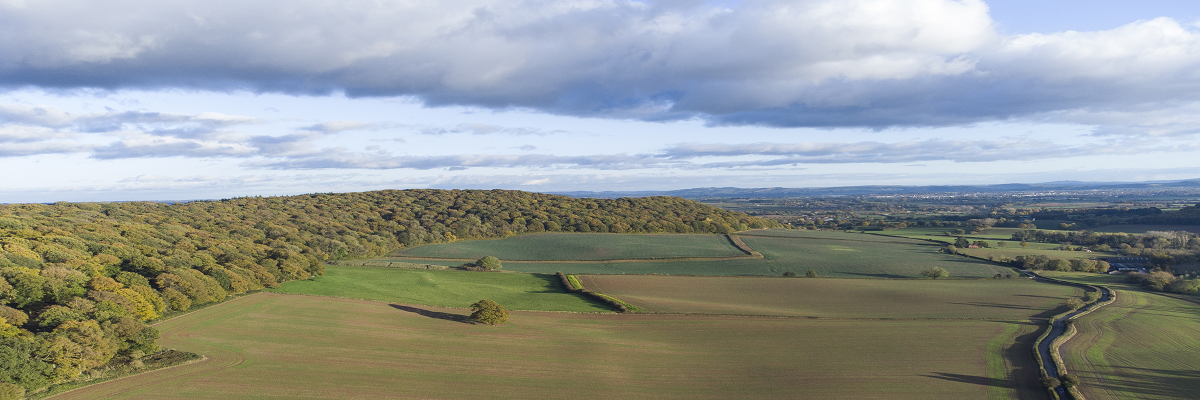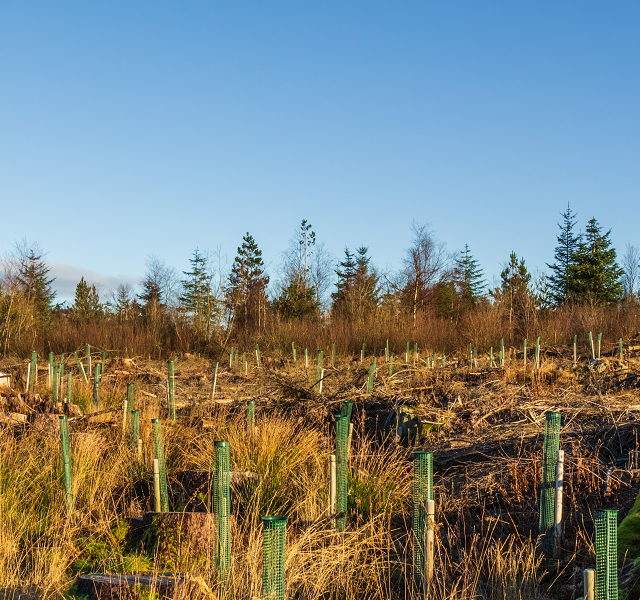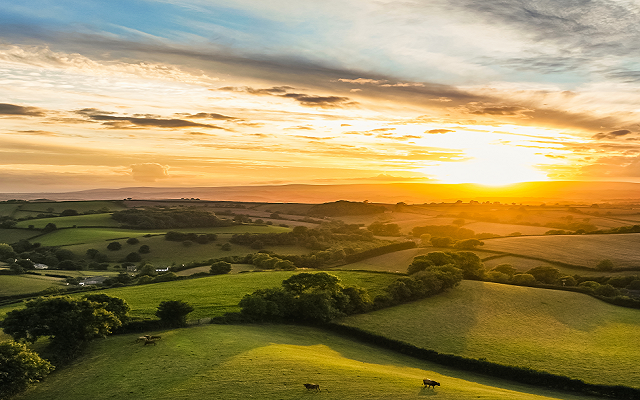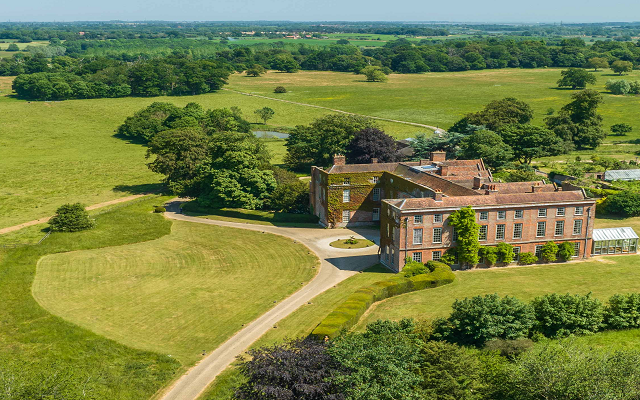English Estates & Farmland Market Review | Winter 2023/24
Farmland continued to be an attractive investment in 2023, despite higher interest rates, the challenging weather and a squeeze on farm profitability.
Strutt & Parker’s Farmland Database – which records the sale of all farms, estates and blocks of publicly marketed land in England over 100 acres in size – shows high prices have continued to be paid for best-in-class properties, pushing up average values.
The average price of arable land in England rose by 4% between 2022 and 2023, with an average price paid of £11,300/acre. Over 70% of the arable land traded in England during 2023 made more than £10,000/acre. As is usual, there was a much greater variability in pasture prices, because grassland can differ so much in terms of quality, with prices ranging from a low of £4,000/acre to a high of £16,100/acre, with an average of £8,700/acre.
It is interesting to note that total supply on the open market was 75,500 acres, which is 11% above the five-year average, but less than was available in 2022. However, the feeling among almost all agents is that supply was higher in 2023 than the previous year, and our market knowledge suggests that once off-market sales are considered then more than 100,000 acres were available.
The data points to demand being slightly weaker in 2023 than in 2022, with interest becoming more variable in some regions, leading to a slightly lower percentage of farms and estates selling at or above the guide price.
The trend of farmers accounting for a smaller number of transactions than in the past also continues.
Non-farmers bought more than half of the farms and estates sold on the open market in England in 2023, with farmers accounting for the lowest level of transactions on record.
Analysis shows that farmers accounted for only 44% of open market transactions in 2023 when historically they have tended to be involved in 50-60% of purchases.
Meanwhile, non-farmer buyers – who are a mix of private and institutional investors and lifestyle buyers – accounted for 56% of sales, and because they also tend to buy larger farms, they bought a larger area of land than farmers too.
Private investors were involved in 28% of transactions, institutional investors in 13% – a rise of 10% on 2022 levels – and lifestyle buyers in 16%.
Read the full English Estates & Farmland Market Review – Winter 2023/24 for more detail on:
- Market outlook
- Supply
- Demand
- Pricing






